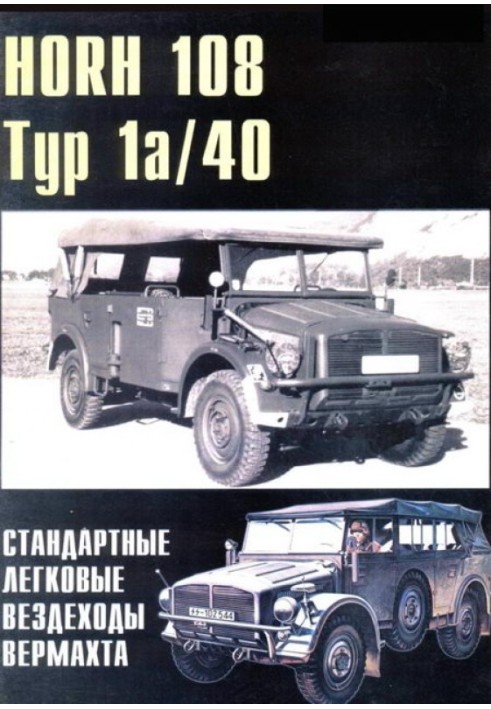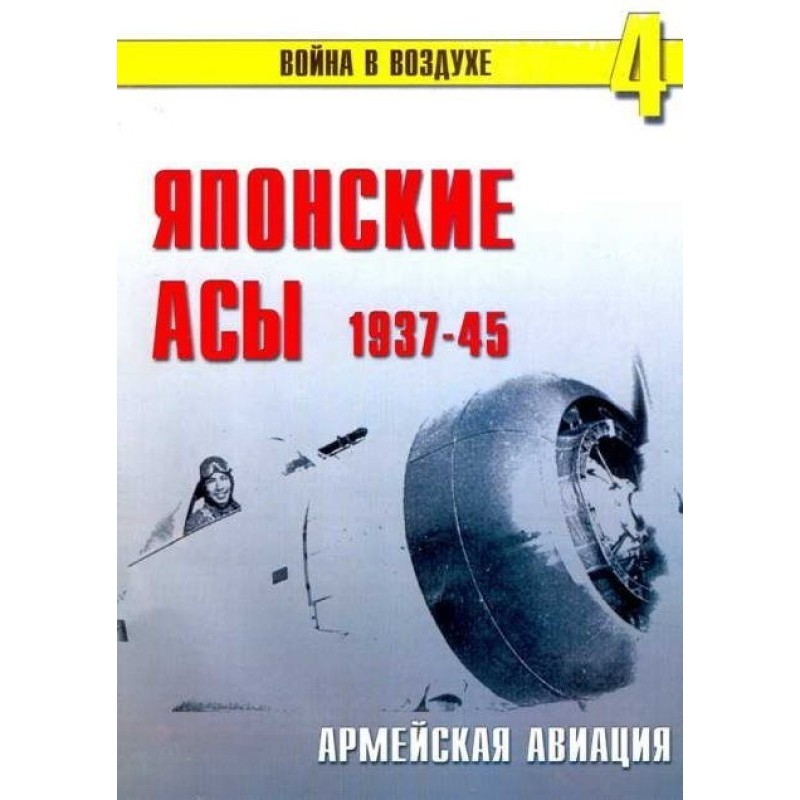HORH 108 Tour 1a and Tour 40
 Instant download
Instant download
after payment (24/7)
 Wide range of formats
Wide range of formats
(for all gadgets)
 Full book
Full book
(including for Apple and Android)
The First World War dealt a heavy blow to German industry. But gradually German mechanical engineering began to gain momentum. In 1924, 65 German car factories were already producing passenger cars. In total this amounted to over 90 different production models. The global crisis and other economic reasons led to a decrease in the number of enterprises to 23 in 1928 (not all of them closed; at the turn of 1920-30, a wave of mergers swept across Germany - it was easier to overcome economic difficulties together). Therefore, when Germany began to intensively equip its units with automobile transport, there were no problems in choosing a manufacturing plant, but the question of unifying army vehicles urgently arose. After the Treaty of Versailles, the German military industry was inactive, therefore, when it was necessary to equip the Reichswehr with army automobile transport, it was necessary to resort to a temporary measure - adaptation of passenger production vehicles to military needs. Passenger models were equipped with open bodies without doors, comfortable soft seats were changed to simplified bucket seats (as they now say “with lateral support”), the result was the so-called kübelwagen (more precisely, kubelsitzewagen - “tank seats”). The army equipment included, along with tires with developed lugs, brackets for attaching weapons, entrenching tools and additional canisters. Note: A complete set of illustrations, arranged as in a printed publication, captions for illustrations in text.
Data sheet
- Name of the Author
- П. Сергеев Н.
- Language
- Russian
Reviews
Вражаюче дослідження німецького автомобільного виробництва в міжвоєнний період!
Книга "HORH 108 Тур 1a та Тур 40" є справжнім скарбом для всіх, хто цікавиться історією автомобільного машинобудування, особливо в контексті Першої світової війни та її наслідків. Автор детально описує, як німецька промисловість відновлювалася після важких часів, і як це вплинуло на розвиток легкових автомобілів. Цікаво спостерігати, як у 1924 році кількість автозаводів зросла до 65, а вже через чотири роки відбулося значне скорочення через економічні труднощі. Книга також розкриває важливість адаптації цивільних автомобілів до військових потреб, що призвело до створення кюбельвагенів. Читання цієї книги не тільки розширює кругозір, але й дозволяє зрозуміти, як історичні події формують технологічний прогрес. Рекомендую всім, хто цікавиться історією, технікою та автомобілями!




















